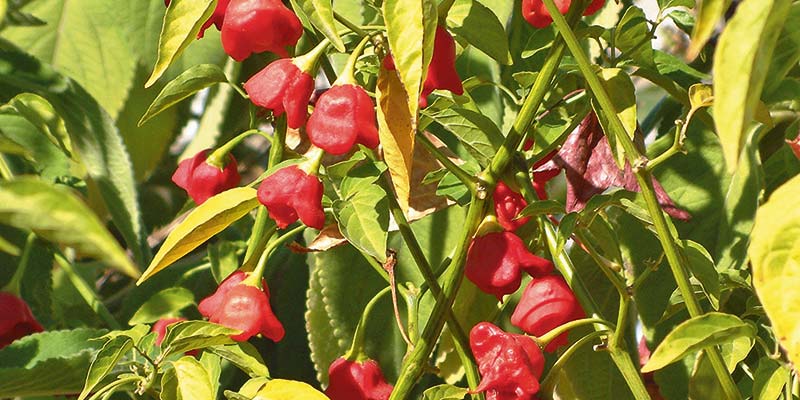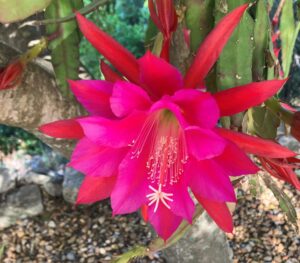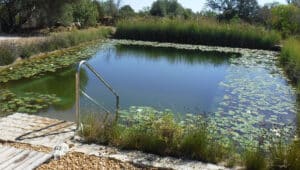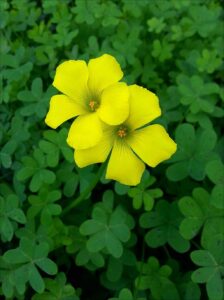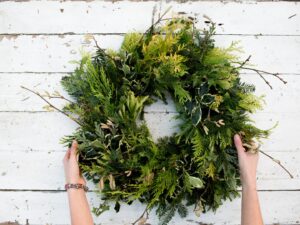The summer heat does not suit most plants, but it is a good time for sowing and growing your own chillies.
Originating in southern Brazil and eastern Bolivia, Columbus brought chilli peppers to Europe from the Caribbean after his second exploration in 1493 and were first grown in monastery gardens in Spain and Portugal as curiosities. Soon the word got out that the pungent pods were a reasonable and cheap substitute for the highly expensive black pepper. So the best thing about chillies – in addition to their vibrant colours, heat and flavour – was that anyone could grow them in temperate climates. As well as the many hybrids, there are five main domesticated species in cultivation:
Capsicum annuum is the best known domesticated species. Since the time of Columbus, it has spread to every part of the globe. The non-pungent form, sweet bell pepper, is widely used as a vegetable. Another non-pungent form, “pimento”, is also well known. It is this form which dominates the spicy foods within Latin America and elsewhere. Annuum meaning ‘annual’ is actually incorrect as chillies are perennials under suitable growing conditions. Annuums used to be divided into two categories: sweet (or mild) peppers and hot chilli peppers. However, modern plant breeding has removed that distinction as hot bell varieties and sweet Jalapenos have now been bred.
Capsicum baccatum var. pendulum is a distinct South American species characterised by cream-coloured flowers with gold/green corolla markings. Typically, fruits are elongated with cream-coloured seeds. This lowland to mid-elevation species is widespread throughout South America particularly adjacent to the Andes. Known as ‘aji’, it is popular for the subtle bouquet and distinct flavours of its many cultivars.
Capsicum chinense was also discovered at an early date, but the more limited global expansion of this species is related to its later discovery in South America (Amazon Basin) and the competitive edge already enjoyed by C. annuum. This species includes many of the world’s hottest cultivars.
Capsicum frutescens Frutescens meaning ‘shrubby’ or ‘bushy’ is not widely cultivated, with the exception of the Tabasco (the world famous sauce since 1848). Frutescens plants have a compact habit, have many stems and grow between one and four feet high depending upon local conditions. This species is particularly good for container gardening and a single plant can produce 100 or more pods.
Capsicum pubescens Pubescens meaning ‘hairy’ is probably the least common of the five domesticated species and has no wild form. C. pubescens forms a distinct genetic lineage. Morphologically, it is unlike any other domesticated pepper having large purple or white flowers infused with purple and fruits with brown/black seeds. The pods are normally pear or apple shaped.
There are many sources of seed, and an internet search will show the immense variety. If you prefer to try your own, it really is as simple as scraping out the seeds.
The main requirements for a seed to germinate are heat, moisture and oxygen. It is possible to germinate your seeds in everything from tissue paper to rockwool cubes, but the easiest growing medium is potting or seed compost.
Soaking seeds before sowing does two things: kills most seed-born disease and helps soften the seed hull. To increase germination, use cooled chamomile tea for 24 hours. The chamomile’s germ-killing properties seem to fight “damping off”, a disease that kills small seedlings, and speeds up germination. Use an icecube tray for soaking separated varieties.
It doesn’t matter what you use to hold your soil – a propagator or a simple plastic box. Sow your seeds by placing them on the surface of the soil, then cover them lightly with more soil. Do not plant them too deep or they run out of energy before reaching the surface. It is important to keep the surface of the soil humid. The final ingredient is heat (25°-30°C). Then cover the box with a clear plastic hood or bag. Do not put in direct sun!
Germination can take from a few days to several weeks. Seedlings are very sensitive so try not to touch them. Heat (26°C) and moisture are still important but key now is the amount of light your seedlings receive. Place your plants in a south-facing window or a warm greenhouse if you can. Light is very important to produce strong stocky plants. Insufficient light will produce long weak stems.
Generally seed leaves come first, then the true leaves. Once your seedlings have these, move them to a larger pot (8-10cm) and gradually pot up as the roots start showing through the drainage holes at the bottom. Soil temperatures should be kept to a minimum of 18°C for fastest growth.
About two weeks prior to planting outside, either in large containers or in the garden, begin hardening the plants by gradually increasing the amount of sunlight and wind which they are exposed to. Before transplanting, be sure that the soil temperature is at least 17°C. If it is not that high, the blossoms will drop and you’ll get leaves but no fruits.
Moving plants may cause root damage so be as careful as possible. If you wish, feed with tomato fertilizer. With good compost, the correct balance of light and water, the plant will get all the nutrients it needs. Sit back and enjoy your harvest – dried, frozen or for immediate consumption!
For seeds, plug plants and more info, visit www.worldofchillies.com mgapsec@gmail.com
|| features@algarveresident.com
rosie@thebtf.net | 289 791 869
Mediterranean Gardening Association – Portugal







